In my last blog post, I talked about how fall is the best time to seed pollinator meadow habitat projects. In this blog post, I want to introduce you to one of the methods for fall or spring seeding. This is broadcast seeding, or in general terms, just a way to distribute the seed on bare prepped soil. Hand broadcasting or using an ATV mounted seed broadcaster can also be used.
On October 27, 2022, one of our fabulous Eastern Ontario rights-of-way (ROW) project members, South Nation Conservation Authority (CA) seeded their Mill Run Conservation Area project.
Planning a Project
The planning for this project started last year when South Nation Conservation Authority reached out to us to submit a proposal for this site. We worked with their team to give advice, help them plan the steps, provide seed and ultimately be there to cheer them on during the seeding step.
We will also be there to help as the project develops over the next three years. We will help in the monitoring stage and to discuss any management actions that are needed (mowing, weed control, etc.).
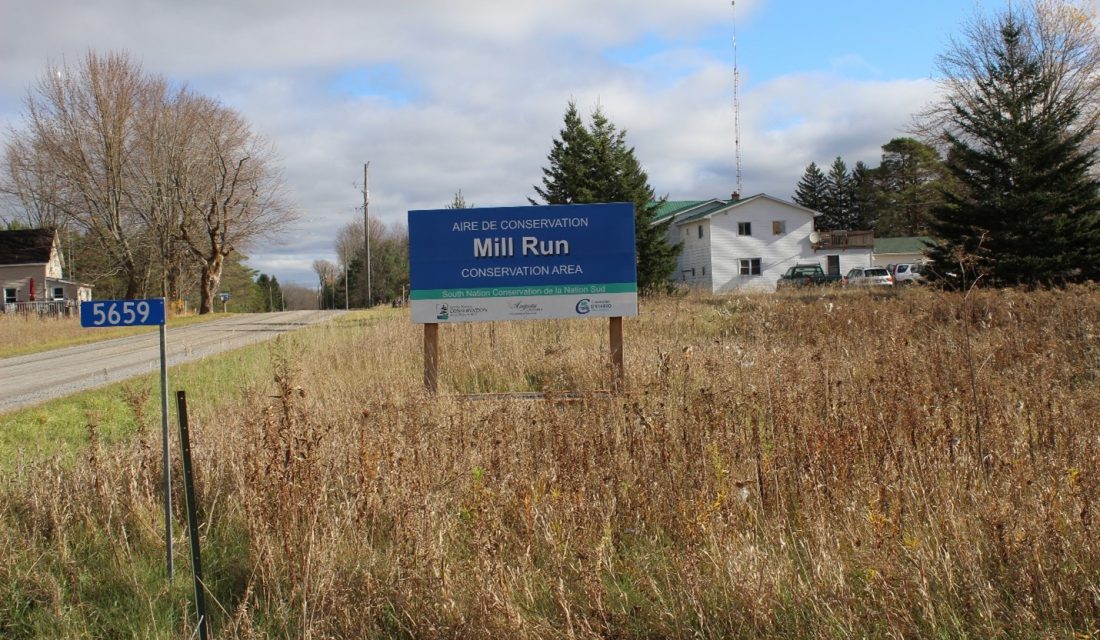
Prepping a Project
This project was prepped over the summer by removing existing vegetation and tilling the site to prepare for fall seeding.
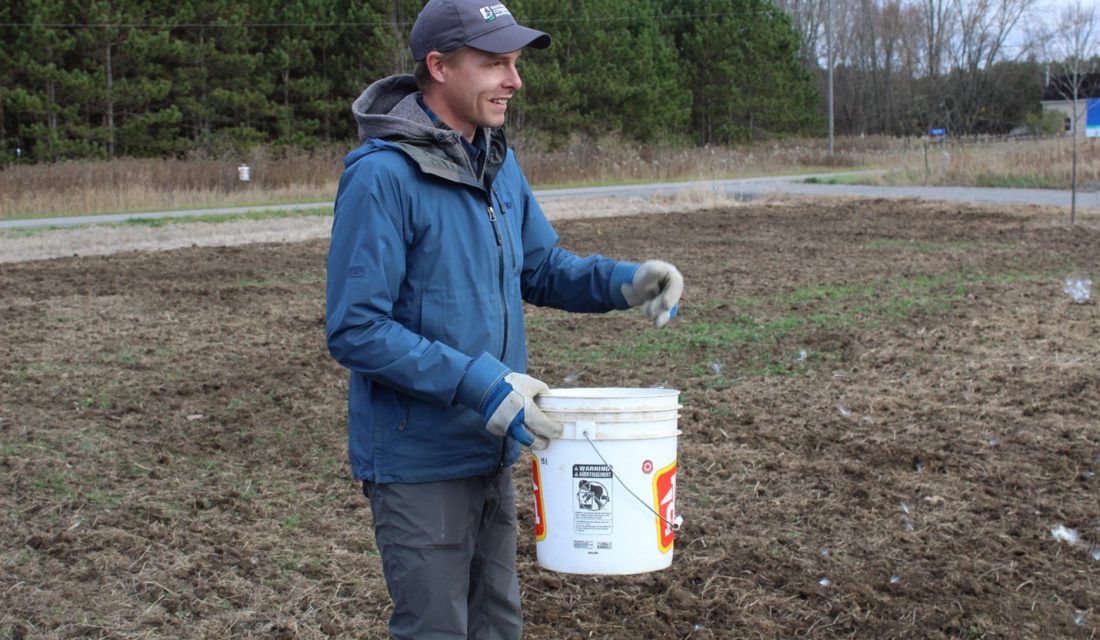
Grid Pattern Seeding
The final site was seeded through a hand broadcast method. This requires your seeding team to walk a grid pattern while spreading seed. Folks create a line and spread apart just enough so seed doesn’t overlap. Every two feet or so, a person throws the seed in front and to the side.
The group continues this pattern as they walk a line in one direction. When they reach the end of the line, they team moves to walk a perpendicular line across the site. This makes sure that seed is distributed more or less evenly across the site. It’s a good idea to measure out the seed quantity for each block, to make sure you don’t run out of seed.
You can see this approach in the following video.
This seeding method isn’t perfect. Each person has a slightly different approach to how much seed is broadcasted and how to move their hands. But that’s okay, in nature, seeding wouldn’t be perfectly uniform. Bare patches are also important to pollinators. Many ground nesting species need open soil to nest in.
A typical seeding rate is between seven to 10 kilograms per hectare. It’s tempting to want to seed the soil heavily as you might when seeding a green lawn. However, native plants that are seeded too heavily may not germinate. This is due to seeds competing for space, moisture and nutrients. Having variations within the site is also a good thing in habitat.
Pressing the Soil
The seeding was followed by the use of a cultipacker, to press the seed into the soil.
Now, we wait — we wait for the winter to do its magic of freezing and thawing the seeds over the winter. The most important management step comes next spring. Make sure to come back and find out what it is!
Congratulations to South Nation CA for getting this project completed.
Financial support was provided through the Ontario Trillium Foundation

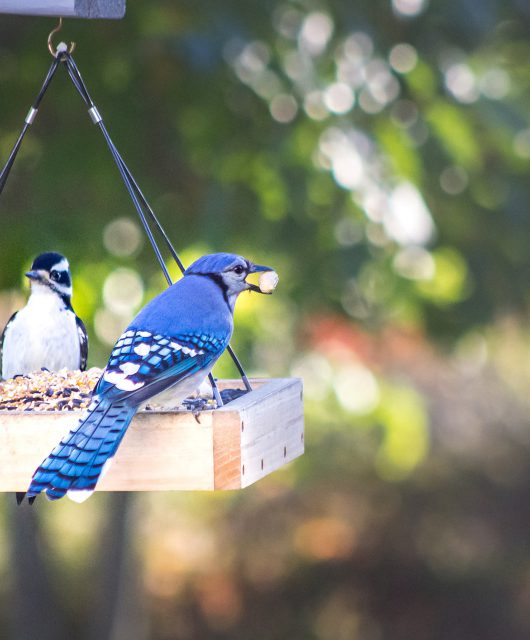
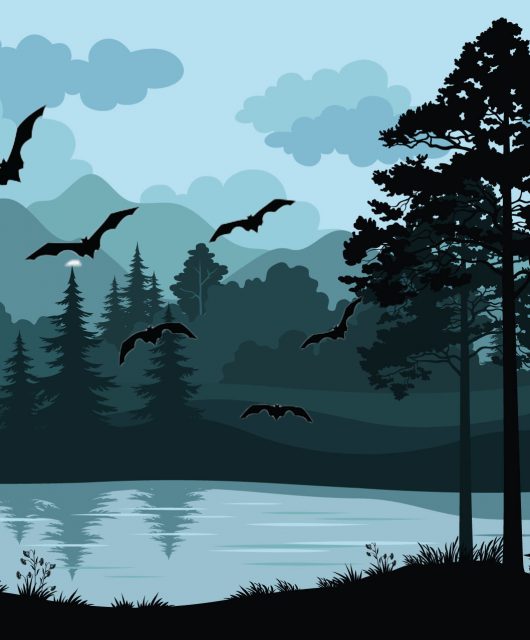
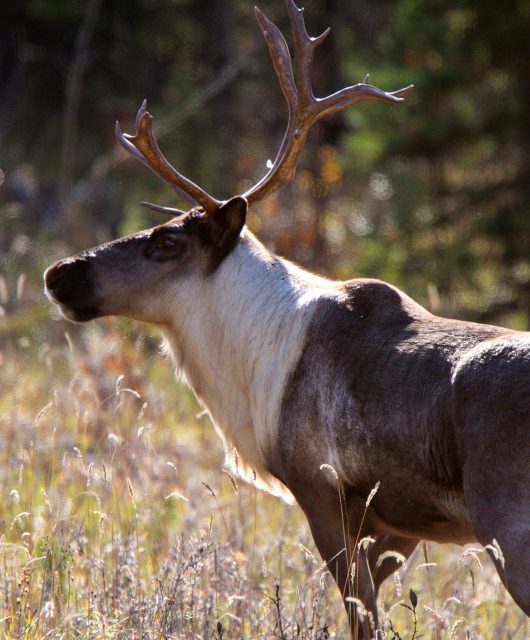
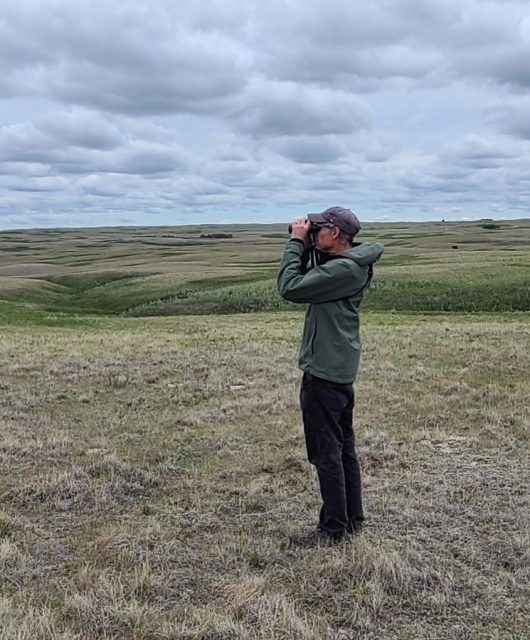
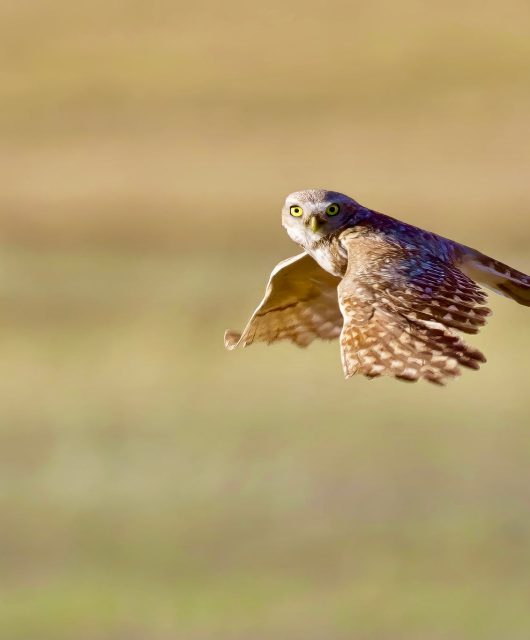
1 comment
When someone writes an post he/she keeps the image of a user in his/her mind that how
a user can know it. So that’s why this article is amazing.
Thanks!